Pre-Inca Ruins
The Temple of the Sun – Coricancha (Inca Ruins)
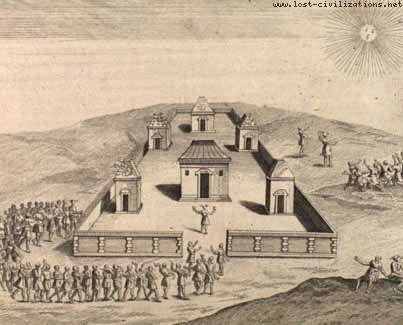
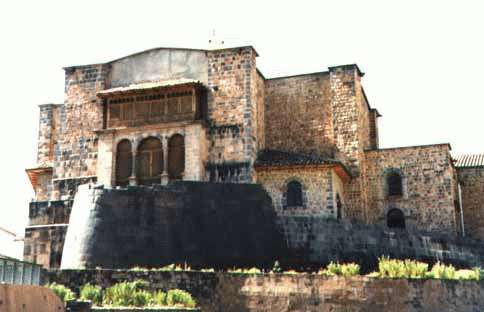
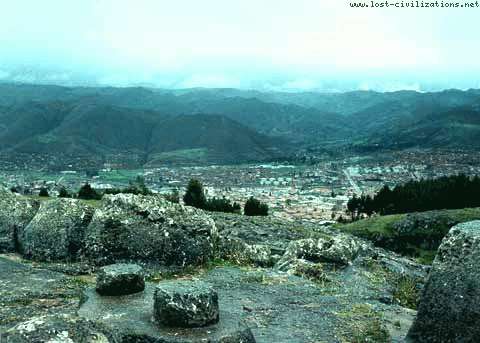
Cuzco, the capital of the Incan empire, was built out of stone and adorned with gold. The Coricancha is a fine example of how the the fusion of Inca style and Colonial styles of architecture evolved into the Cusco of today (according to Inca Ruins). Originally the site was a ceremonial center featuring a number of stone rectangular buildings laid out as to be the convergence of ley lines connected to numerous “huacas” or power spots.
On the Summer Solstice sun light from the opening in one of the rooms illuminates a specific niche in which sits the Inca chief. The rooms were adorned with elaborate gold ceremonial objects including a huge gold sun disk which was considered sacred. After the Spanish Conquest much of the structure was torn down and reassembled as the Church of Santa Domingo. A considerable amount of the original Inca structure was left intact and integrated into the church structure.
Tiahuanaco, near the shores of Lake Titicaca, was the center of a powerful, self-sustaining empire in the southern Central Andes. The roots of the Tiahuanaco capital can be found in the early village underlying the 1.5-square-mile civic-ceremonial core. The city was settled by 400 B. C. on the Tiwanaku River, which empties into Lake Titicaca 9.3 miles to the north. The small farming village evolved into a regal city of multi-terraced platform pyramids, courts and urban areas, covering a total 2.31 square miles.
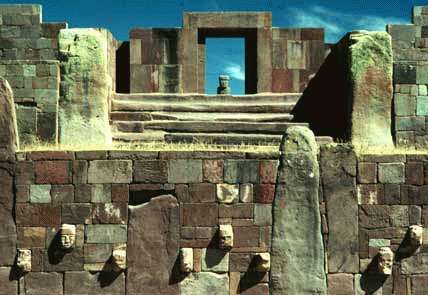
The megalithic entrance to the Kalasaya mound is here seen from the Sunken Courtyard viewing west. The Kalasaya stairway is a well-worn megalith, a single block of carved sandstone. The statue in the center of the Kalasaya doorway is depicted below. Like the Kalasaya mound, the Sunken Courtyard is walled by standing stones and masonry infill. In this case the stones are smaller and sculptured heads are inset in the walls. Several stele are placed in the center of the 30 m square courtyard.
Little is known of the 30,000 to 60,000 urban dwellers or of the city’s crafts or administrative functions. Little is known about the storage system that was required for the bounty of surplus foods from the agricultural fields, the vast llama herds on the Poona, and the abundant fish caught in the lake. The core of this imperial capital was surrounded by a moat that restricted access to the temples and areas frequented by royalty.
The largest terraced pyramid of the city, the Akapana, was once believed to be a modified hill, and has proven to be a massive human construction with a base 656 feet square and a height of 55.8 feet. Its base is formed of beautifully cut and joined facing stone blocks. Within the cut- stone retaining walls are six T- shaped terraces with vertical stone pillars, an architectural technique that is also used in most of the other Tiahuanaco monuments. On the summit of the Akapana, reached by wide staircases, there was a sunken court with an area 164 feet square serviced by a subterranean drainage system.
Associated with the Akapana are four temples: the Semi-subterranean, the Kalasasaya, the Putuni, and the Kheri Kala. The first of these, the Semi-subterranean Temple, was studded with sculptured stone heads set into cut-stone facing walls and in the middle of the court was located a now-famous monolithic stela. Named for archaeologist Wendell C. Bennett who conducted the first archaeological research at Tiahuanaco in the 1930’s, the Bennett Stela represents a human figure wearing elaborate clothes and a crown. The ancient Tiahuanaco heartland is estimated to have been about 365,000, of whom 115,000 lived in the capital and satellite cities, with the remaining 250,000 engaged in farming, herding, and fishing.
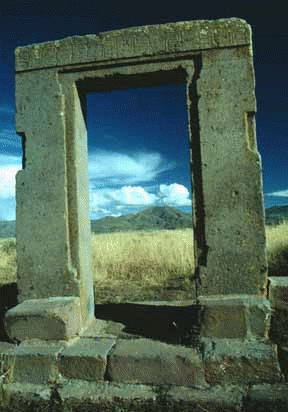
This megatlithic doorway is all that remains of the walls of a building on a small mound near the Kalasaya. Much of the readily accessible masonry at the ruin was used to construct the Catholic church in the village. A nearby railroad bridge also has Tiwanaku stone.
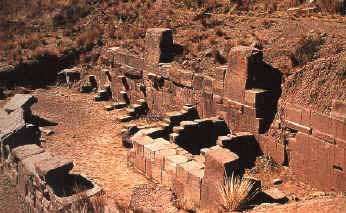
Adjacent to the sunken court, residences of the elite were revealed, while under the patio the remains of a number of seated individuals, believed to have been priests, faced a man with a ceramic vessel that displayed a puma-an animal sacred to the Tiwanaku. Ritual offerings of llamas and ceramics, as well as high-status goods made of copper, silver and obsidian were also encountered in this elite residential area. The cut-stone building foundations supported walls of adobe brick, which have been eroded away by the yearly torrential rains over the centuries.
Tiahuanaco society was self-sustaining, for its agricultural, herding, and fishing resource base was more than sufficient to support the complex state administrative apparatus and the population under its control.
The Tiwanaku Empire collapsed between 1000 and 1100 A. D. It was a magnificent royal city that was calculated to inspire awe in the commoners. The walls of the temples and the stone monolithic statues and gateways are now shorn of their gold, textiles, and painted surfaces, which for centuries had shimmered from afar in the bright sunlight.
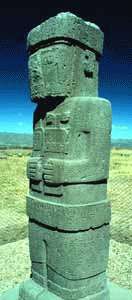
This is one of two large anthropomorphic figures still standing on the Kalasaya mound. This one faces the entrance and is placed on the central axis. The andesite stone used at the ruins was transported from 100 kilometers distance. The sandstone was quarried about 10 miles from the site.
Tiwanaku is found at an altitude of 12,500 feet.
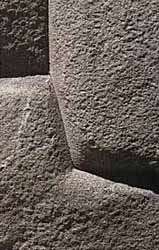
This could be the oldest city in the world, thought by some to be built by an extraterrestrial race who created the Nazca Lines as well.
Traditionally it is thought to have been built by the predecessors of the Inca Civilization over 2,000 years ago.
Around the turn of the century Bolivian scholar Arthur Broznansky began a 50 year study of the ruins of Tiwanaku. Using the science of Astronomy he concluded that the city was constructed more than 17,000 years ago long before any civilization was supposed to have existed. He called this city the ‘Cradle of Civilization’.
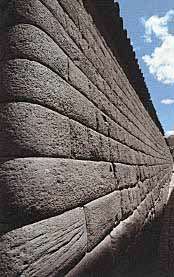
Steede felt that the ancients constructed the site with astronomical alignments in mind called Celestial Observatory.
As the sun rises each day it moves along the horizon and it rises in a different spot.